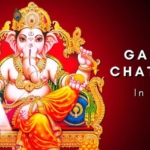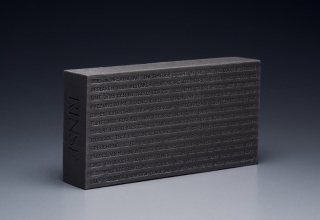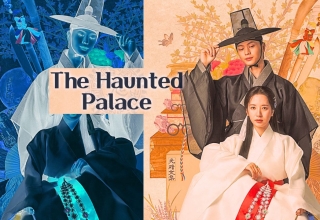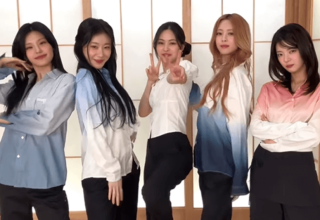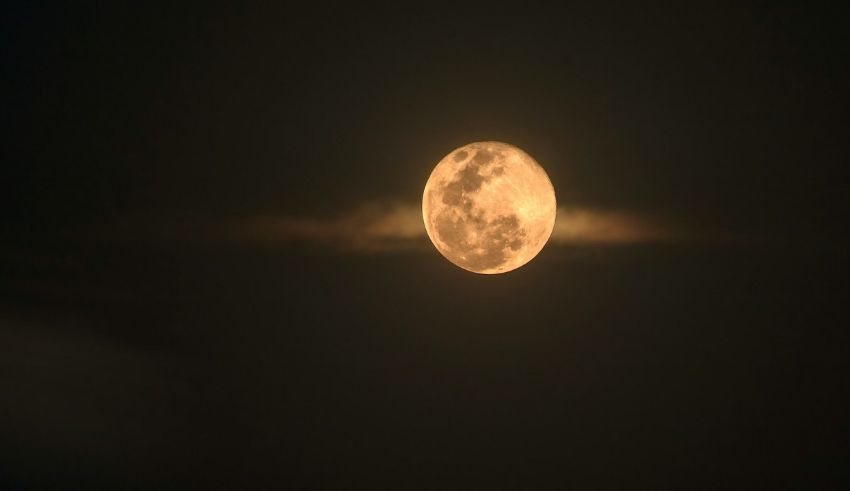
Singapore made the most of its Mooncake Festival with a natural treat, the last supermoon of 2023 on Friday. Also referred to as the Harvest Moon, the phenomenon attracted thousands of skygazers to catch one last glimpse.
Moon enthusiasts took advantage of the Mid-Autumn event at U-Town, which was organized by the National University of Singapore, to view the supermoon. Chen Wei Zhong said they used telescopes for sharp and up-close views. However, the weather was on their side.
Zhong said it was very fuzzy and blurry because of the clouds. But the viewing was meaningful as it coincided with the Mid-Autumn Festival. “It helped our members better appreciate the astronomical and cultural significance of the occasion.”
What is a Supermoon?
A supermoon occurs when the moon is at its fullest and closest to Earth. According to NASA, the term supermoon gives preference to the geometric alignment of Sun-Earth-Moon and allows the occurrence of perigee into a wider time period. The phenomena makes the moon appear a little brighter and closer than normal, but it’s hard to spot with a naked eye, thus the need for telescopes.
Fred Espanak, a retired NASA astrophysicist, says a supermoon as a full moon within 90 percent of its closest approach to Earth gives us four such phenomena this year – 2023 boasted four supermoons – one in July, two in August, and one in September. He said the occurrence on August 30/31, also referred to as a Blue Moon, was the second full moon within a single month.
The phenomenon that occurred in November 2016 was the closest supermoon in 69 years. The next closest supermoon is expected in the 2030s.
Keep Reading
Singapore Supermoon Appeared Reddish
The supermoon observed in Singapore on Friday had a reddish glow. It was closer, brighter and bigger. The Science Center Observatory said the gibbous moon rises earlier than in other months. The moon is described as gibbous when it is more than half full, but hasn’t quite fully illuminated when looked at from the Earth’s perspective.
The Observatory explained that this results in an abundance of bright moonlight early in the evening. This traditionally provided greater help to farmers and crew harvesting their summer crops, thus the name Harvest Moon.
